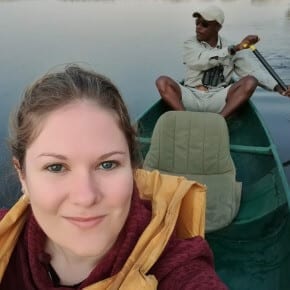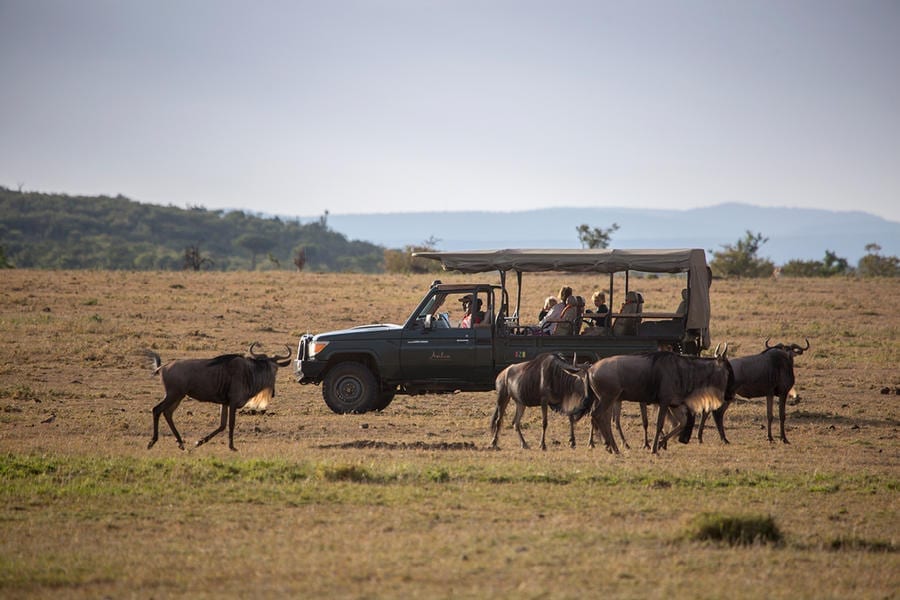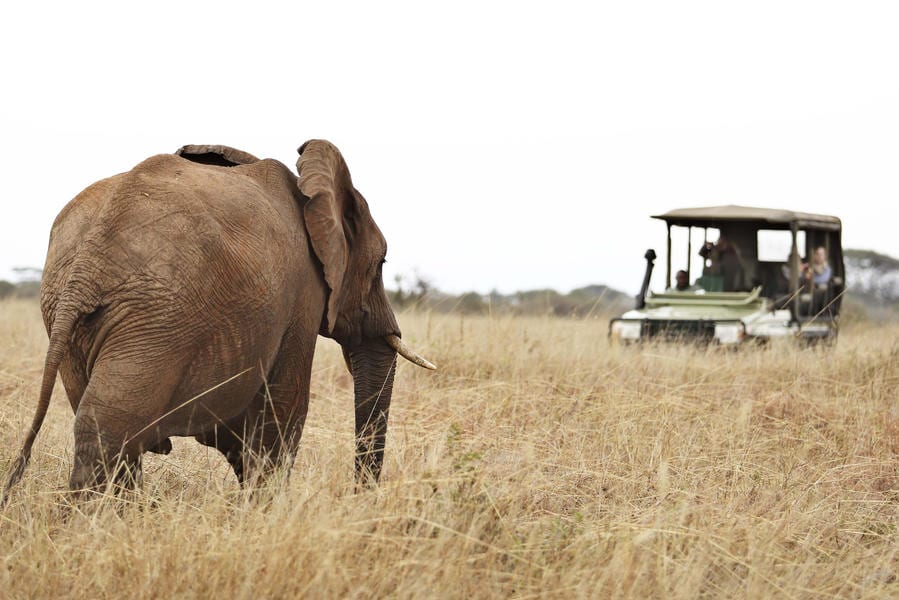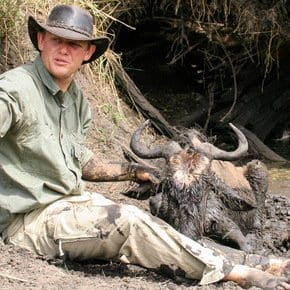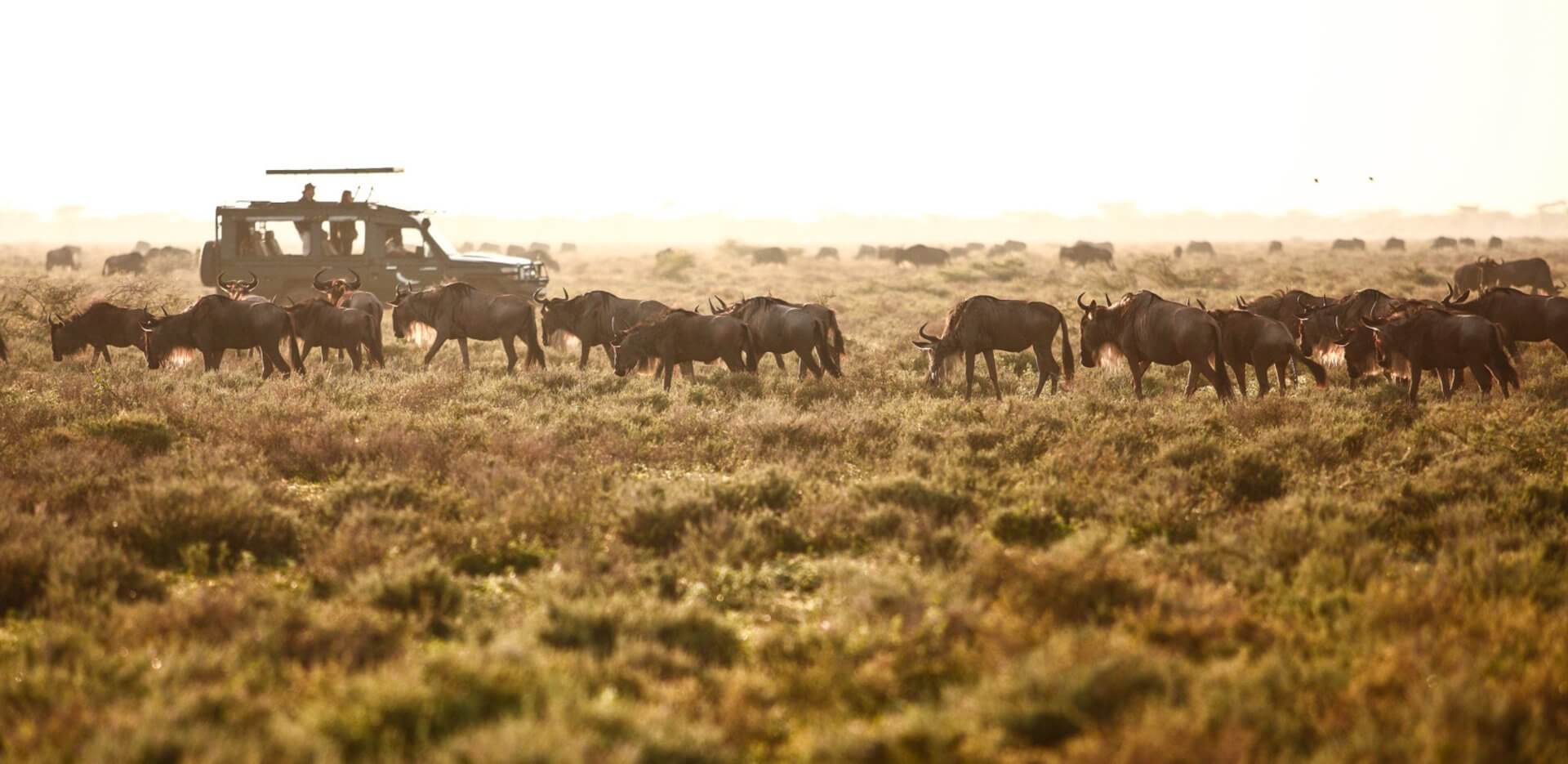
Experience a Serengeti Safari
July 23, 2021
Experience a Serengeti Safari
July 23, 2021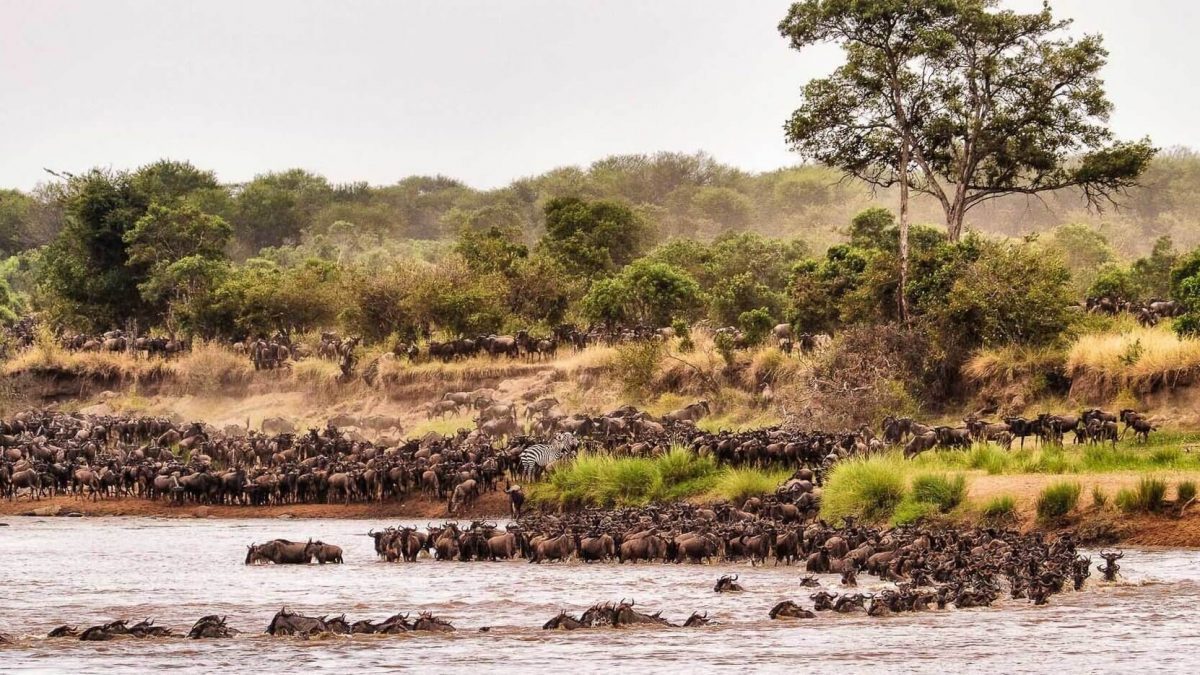
Tanzania's great wildebeest migration is truly one of the most breathtaking wildlife experiences to witness! The thundering of thousands of hooves across the Serengeti and Masai Mara, combined with dramatic river crossings are something to behold!
Tanzania’s Great Wildebeest Migration is an adventure you won’t want to miss out on! With over two million wildebeest, zebra and gazelles on the move together in a circular motion from the Southern Plains of the Serengeti to the northern regions of the Masaai Mara and all the way back, the Great Wildebeest Migration tour offers plenty of excitement! You can also look forward to spotting the ‘Big Five’, seeing lions, elephants, cape buffalo, leopards and, if you’re lucky, you could spot a black rhino. Stay in luxurious lodges where you can unwind and enjoy the natural surroundings and wildlife. While in Tanzania you also have the opportunity to explore outside of the safari parks - with Mount Kilimanjaro to climb and stunning islands and coast nearby to relax, so you’ll have plenty to look forward to! At Tailormade Africa, we make safari tours easy for you. We organise everything, including travel and accommodation in some of Tanzania’s most stunning lodges. Find out more about our Great Migration tours in Tanzania and get in touch to book your tour today!
Tanzania's Great Wildebeest Migration FAQs
The Great migration is an annual migration of over two million herds of grazing mammals (including wildebeest, zebras and gazelles) which move through the Serengeti and Maasai Mara ecosystems as wildlife follows the rainfall and searches for better grazing over the dry season.
The best times to witness the Great Wildebeest Migration in Tanzania is between the dryer months of July and October. If you visit between July and August and again in late October, you will also be more likely to experience huge river crossings. Smaller river crossings can also be seen during September and early October - these mass crossings truly are an incredible sight to behold.
One of the other best times to visit Tanzania is during calving season in southern Serengeti between February and March. An incredible 200,000 to 300,000 baby wildebeest, zebras and gazelles are born over a few weeks as the mammals are taking advantage of being safer in high numbers. Of course, predators such as lions and leopards prepare to sink their claws into the young and this is both a time of enjoying the beauty of birth and the adrenaline of the chase.
Here are some of the top places to witness the Tanzania Great Wildebeest Migration:
- Serengeti National park in Tanzania - Arguably the best place to see the Great Migration, large herds of wildebeest and zebra will congregate here before plucking up the courage to cross the Grumeti River.
- The Mara River (between Tanzania & Kenya) - Here you can witness the herds attempt to cross the fierce Mara River and dodge brutal crocodile attacks...of course, not all will make it through, but many will be victorious in reaching where the grass is greener.
- Maasai Mara National Reserve - At the Masaai National Reserve you will be able to observe those who were successful on their incredible journey from the Serengeti. Of course, some things are just too good to be true, and the herds will soon realise they are located in an area which is home to one of Africa’s largest populations of lions.
Tanzania Great Migration tours certainly won’t lack in action!
- Camera - so that you can document and relive the adventure.
- Passport and travel documents (always keep copies of these documents with you whilst travelling Tanzania).
- Toiletries, medication & medical kit - This will allow you to freshen up at stop off points and keep you safe. Make sure you pack the essentials, including: mosquito repellent, malaria tablets and sunscreen.
- Binoculars - so that you don’t miss out on any action!
- Comfortable & lightweight clothing - you don’t want your clothing to prevent you from enjoying yourself and you definitely don’t want to overheat in the sun!
- Practical footwear - sturdy boots are the best option here, especially if you are planning to do some travelling on foot.
Aside from unforgettable safari trips, Tanzania has much more to offer, here are just some of the things you can get up to when you’re not on a Tanzania Great Wildebeest Migration tour:
- Climb Mount Kilimanjaro - if you love trekking, you will not want to miss out on climbing Mount Kilimanjaro, Africa’s highest point. Reaching the top is a challenge and an incredible achievement.
- Visit the luxurious spice island of Zanzibar - here, you can kick back and relax or try out snorkeling and scuba diving.
- Take to the sky on a hot air balloon safari - Float above the plains of the Serengeti and bask in the tremendous scenic views. If you are feeling romantic or simply adventurous, this is the activity that will make for a truly unforgettable experience.
- Visit a masai village - meet the locals and gain an insight into the remarkable masai way of life.
- Explore the beauty of Lake Manyara and the thousands of migrating flamingos.
- Hop on a bike & ride through the stunning countryside and coffee plantations.
Safaris in Tanzania are safe to visit providing that you follow the guidelines and safety regulations of the park and your tour guide. You can rest assured that Tailormade Africa will take good care of you, planning and organising each step of your adventure so that you always feel comfortable and safe in your surroundings.
Why Tailormade Africa?

Wildlife Specialists
Due to our well established, strong personal relationships with all of our ground operators, National Park Authorities and Conservation Management teams in Tanzania, we are always kept up to date on the most recent information of wildlife & conservation projects, ensuring you get to see Tanzania's wildlife like never before.

Tanzania Safari Experts
Rob & Clyde are two of the most knowledgeable experts on Tanzania safaris in the world and have travelled extensively to all Tanzania’s National Parks, camps and lodges.

Bespoke Tanzania Safaris
With Tailormade Africa, no two safari holidays itineraries are ever the same. The combination of our in-depth knowledge of the country and taking the time to get to know all of our clients' travel personalities ensures truly bespoke itineraries and a trip specifically tailored to you.
Great Wildebeest Migration Hotspots
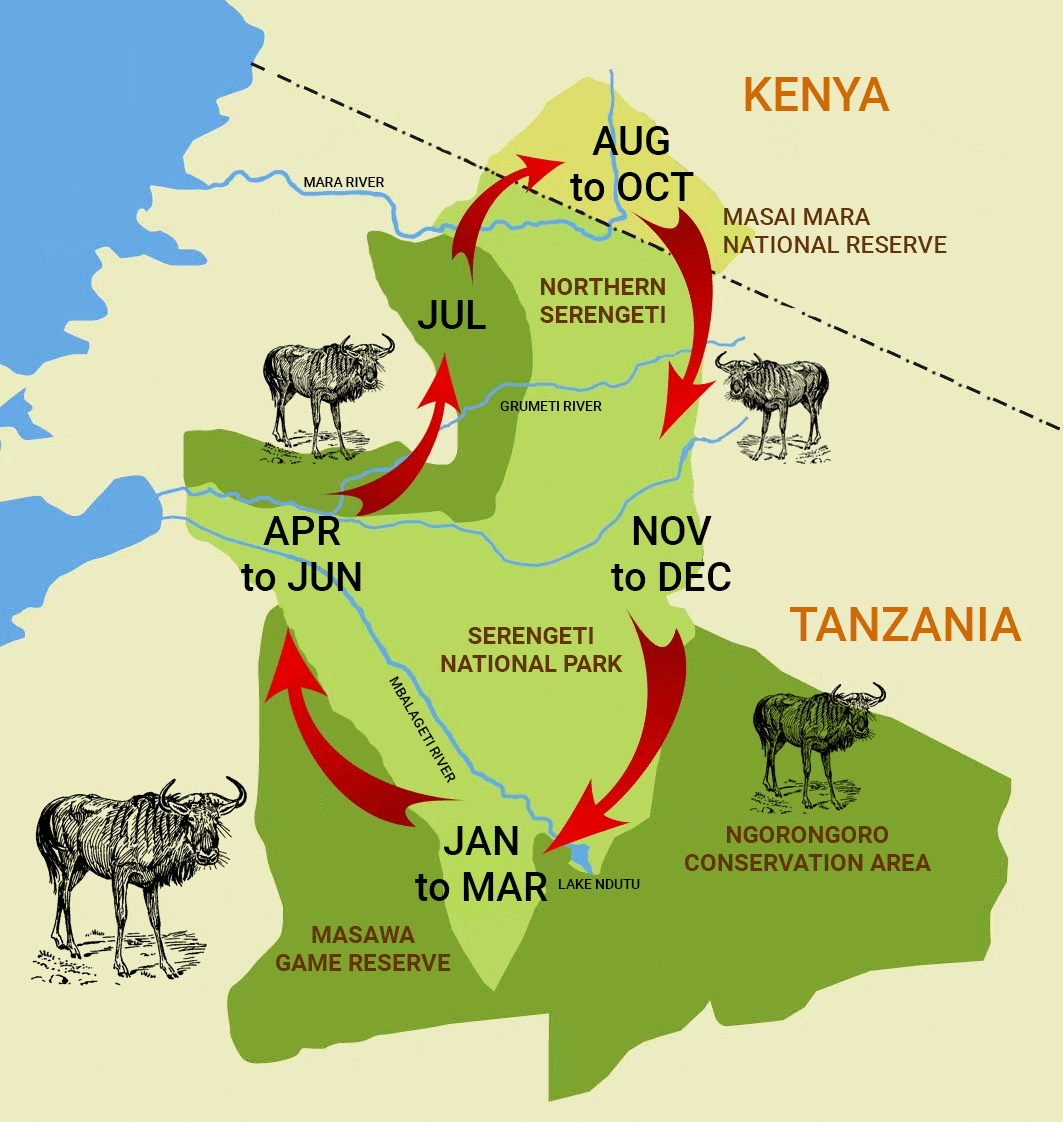
When is the Best Time to Visit Tanzania?
The best time to visit Tanzania is during the dry season, between July and October, as the bush is less dense than in the rainy season, making game viewings much easier. This also coincides with the wildebeest migration river crossings, which is a spectacular sight. That being said, Tanzania offers amazing sights all year round, with the wildebeest calving happening between January and February. March and April are the peak of the wet season, making game viewing more difficult.
In December, the herds of (by now heavily pregnant!) wildebeest and zebra are making their way down south toward the Southern Serengeti Plains in search for better grass and water resources. You can expect cooler days with short rains, and the bush will be a beautiful green as the short rains fall from November onward. Given how lush the land is, the herds can be quite difficult to predict as they have ample amounts of grass to fill up on. This means they are dispersed far and wide, and can be found in the central as well as the southern regions.
As January approaches, the herds tend to have congregated much further south where they can get the richest and most nutritious grasses in anticipation of their young arriving. As calving season comes into full flow, more than 8,000 youngsters are born daily, which makes for some incredible footage with striking herd numbers and lots of little ones! January is also a month which isn’t for the faint-hearted, as predators such as lion and leopard make the most of the vulnerable calves and use their hunting skills to the max in order to fill their bellies with tender meat.
February is a wonderfully predictable month when it comes to knowing where the migratory herds will be as by now they will all have gathered in the most southern parts of the Serengeti. Those who waited a little longer to drop their calves do so this month, which intensifies the sheer number of zebra and wildebeest one can find at any given time. Other plains game will also drop their young, which means you have baby animals left right and centre! They gather together while the little ones get their strength and given there is so much food for them to live on in this area, they tend to stay put which means this is an amazing month to experience the Great Migration. This is a photographer’s dream, with images of life on the one hand and loss on the other as youngers are born and unfortunately also predated on. You’ll get to experience the sight (and sound!) of millions of animals spread out all across the plains and as far as the eye can see.
The long rains in Tanzania start around the middle of March, which means this can be a very wet month, but this also means that the grasslands throughout the Serengeti are lush and green. The herds are still very much present in the southern Serengeti as the last of the youngsters are born and this makes for a slow movement of animals as the little ones get their fill. With so many newborns littering the vast open plains, the big cats continue to feast and as heartbreaking as it is to watch live-action hunting (and killing!) it is, ultimately, the great circle of life…
Having spent a good proportion of the new year down in the southern part of the Serengeti, and with the little ones gathering strength with each day that passes, the herds begin their onward migration north-west through the park. This is a super wet month with the long rains having set in good and proper, so the herds are not as predictable as they have ample resources no matter where they are. As a general rule, you can expect them to begin their annual journey clockwise around the Serengeti. As a visitor at this time of the year, you may have to contend with the odd rainstorm although that said, between the downpours you will find bright, beautiful and crystal clear blue skies. The sun shining on the lush greenery and the contrast of dark clouds on the horizon makes for some spectacular photography and given not everyone is willing to travel during the rainy season you’ll likely be the only ones out there!
May is when we start to see some momentum pick up with regards to the herds moving on. Little legs have grown stronger and are able to keep up with their parents as they strive onward and upward through the Serengeti. The going is tough as the land is soaked after so much rain, but distances can be covered in good time and the predators struggle to keep up. Access to tasty, nutritious grass is easy which means finding the big herds all huddled together can be more of a struggle, but this is a super time for travellers to make the most of permanent camps which are usually full to the max and a little pricier too! Staying in two different parts of the park will allow a higher chance to see the herds and as not everyone is keen on the rainy season, you’ll have a quieter safari experience in general and have the chance to enjoy the fantastic resident game which lives in the area year-round.
By June the herds are making their way into the western corridor, and although they still aren’t in a predictable group in one area, they are generally heading in that direction. This month brings the height of rutting season which can bring some incredible action shots and once the herds reach the far western part of the park, however, the wildebeest and zebra will be confronted by the Grumeti River, their first big challenge on their annual migration. In order to make their way onward, they must cross. Although the river levels aren’t as high as they could be and resemble shallower water than the Mara River further north, the herds still face the very real danger of ending up in the belly of one of the huge crocodiles who call this waterway home!
July is the beginning of the dry season and as the herds start getting frisky due to their mating season, they are also starting to make their way further north to the northern boundaries of the Serengeti. Grass and freshwater start to become a little scarce, which makes the animals move faster in their search for richer feeding grounds. Much of the herds can still linger in the west and near the Grumeti River, however, from the middle to late July the herds will also face the biggest challenge of their migration journey – crossing the Mara River.
As unpredictable as nature is, August is probably a better month than July if you want to have a good chance of seeing one of those iconic river crossings. The herds are very much more in the northern Serengeti and are making their way up to the Masai Mara in Kenya. In order to do this, they need to cross the mighty Mara River and with that comes some mind-blowing safari viewings! The weather is getting hotter and dryer, which makes it easier for the herds to cross vast distances and the animals can change their mind on where they should be on a daily basis. You may see a smaller herd of 100 cross one day and then return the next, only to join a larger herd and cross over once again.
September is a much more predictable month when it comes to knowing where the migration will be. By now the herds are keen to be around a reliable water source and the Mara River provides this, albeit with dangers to contend with. As the dry season continues on the animals are chasing the clouds and therefore can cross the river many times over the coming weeks as they look for green pastures. This is a really fantastic month when it comes to seeing those spectacular and dramatic river crossings that make the migration such an amazing pull for people far and wide.
October is a great time to see the migration in the Masai Mara in Kenya as they make their way back toward the Serengeti. Any animals who ventured further north and into the conservancies around the Mara will be making their way south again toward the rivers. You will get to see caravans of these marvellous creatures who move quickly and with purpose. Given this month is so hot and the bush is so dry, food is scarce which gives the animals more urgency to find nutrition before the short rains arrive in November. You’ll find the predator action increases as cats get their fill on struggling wildebeest or zebra which may not be able to outrun the dangers.
The short rains begin to fall in November which brings fresh green shoots for the migrations herds to feast on. This means that the animals tend to break up from the main group as food becomes more available. Finding them can be a little more difficult than previous months, with some of the group dawdling up in the northern part of the park, some spending time in the central Serengeti and some even making it further south. The females are getting fatter as they inch closer to giving birth and this can mean a slower pace, dispersing the herds over large areas of the Serengeti. That said it’s a super and quiet month to visit and it can be very rewarding from a photography perspective. The rains make the earth a beautiful fresh green colour and contrasting skies can give you some spectacular images of vast open landscapes dotted with animals – a true safari savanna shot.
Our Top Tanzania Lodges & Camps
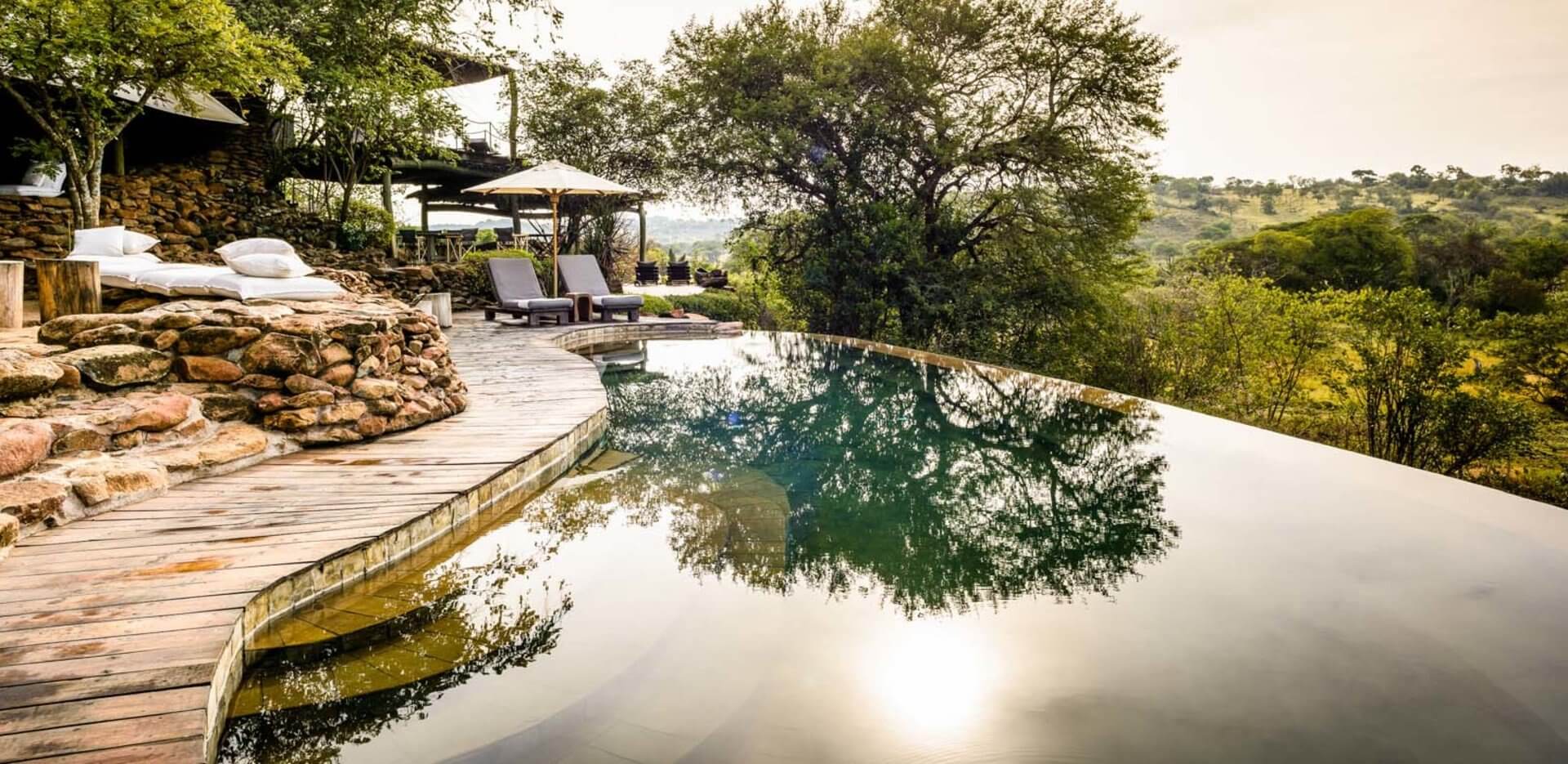
Situated in the western corridor of the legendary Serengeti, Singita Faru Faru Lodge overlooks a natural waterhole and the tree line of the Grumeti River ... Read more
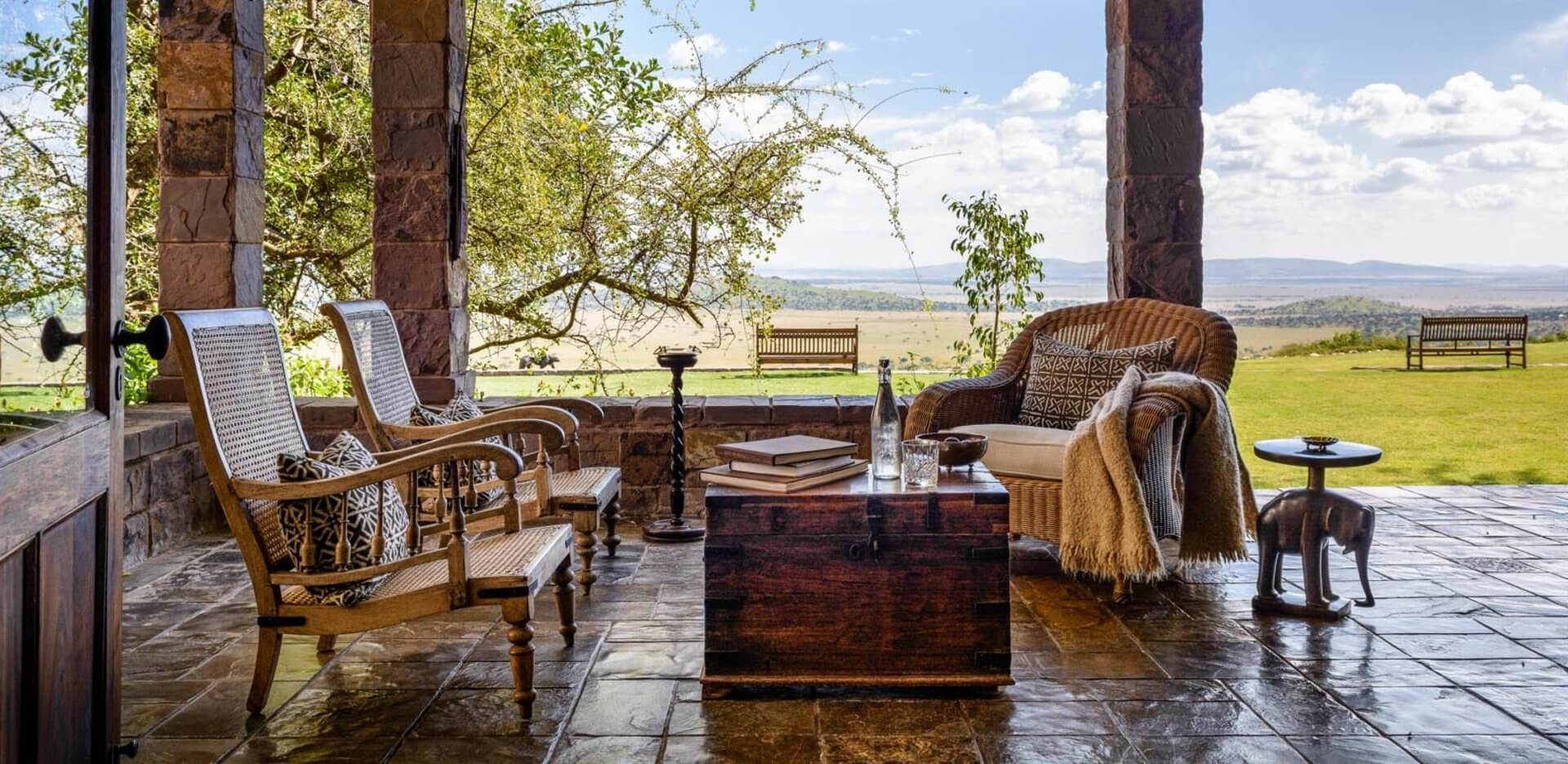
Singita Sasakwa Lodge rambles along a rocky promontory perched above the rolling plains. It is among the most deluxe accommodations ever built in East Africa ... Read more
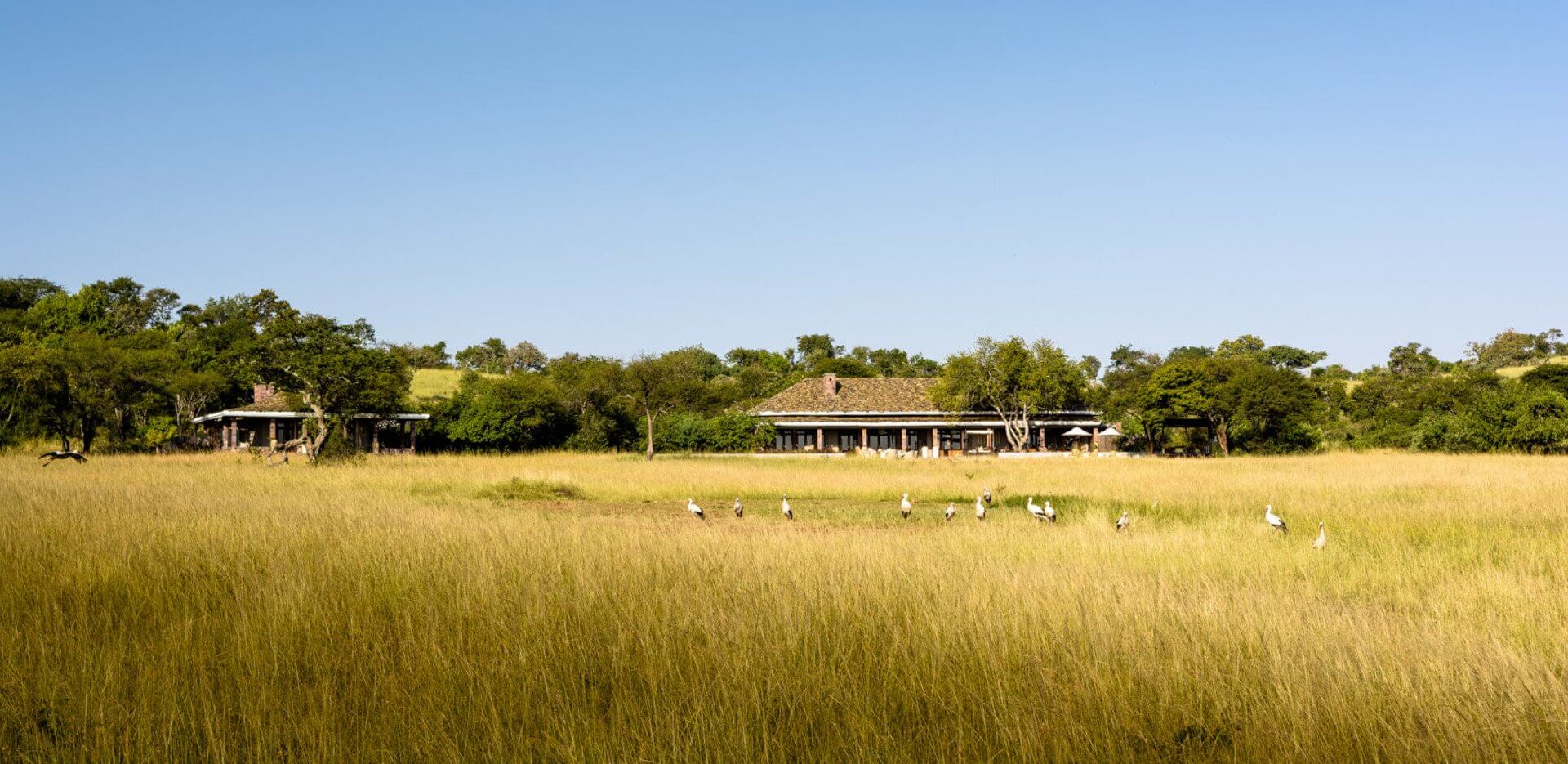
Singita Serengeti House, an exclusive-use retreat designed for families and friends, has opened in the 350,000-acre Grumeti Reserves in the heart of the Serengeti in northern Tanzania ... Read more
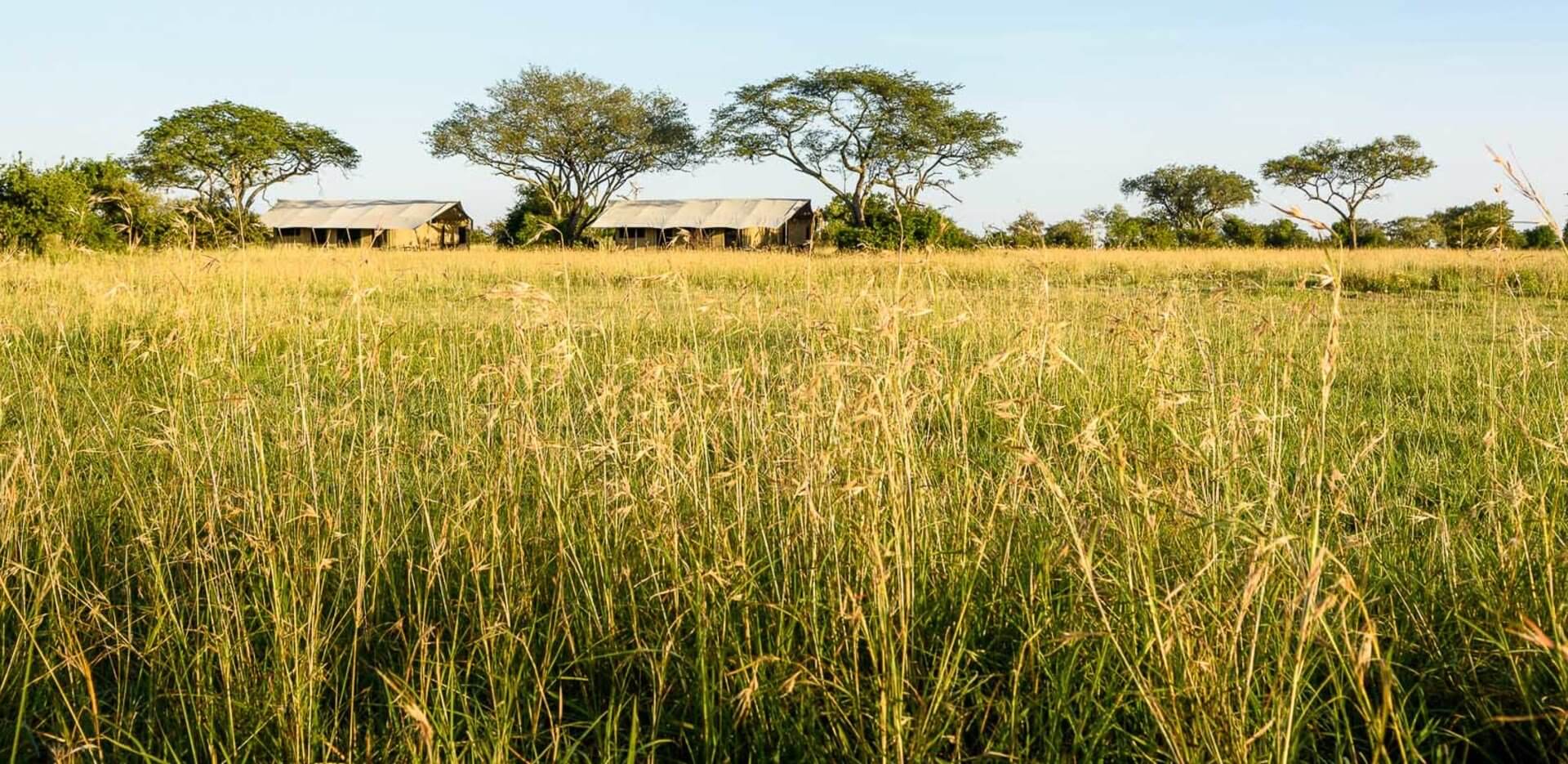
Singita Explore is a private use tented camp on the plains of the Serengeti, that moves around during the year to provide optimal game viewing in the exclusive Serengeti Grumeti area ... Read more
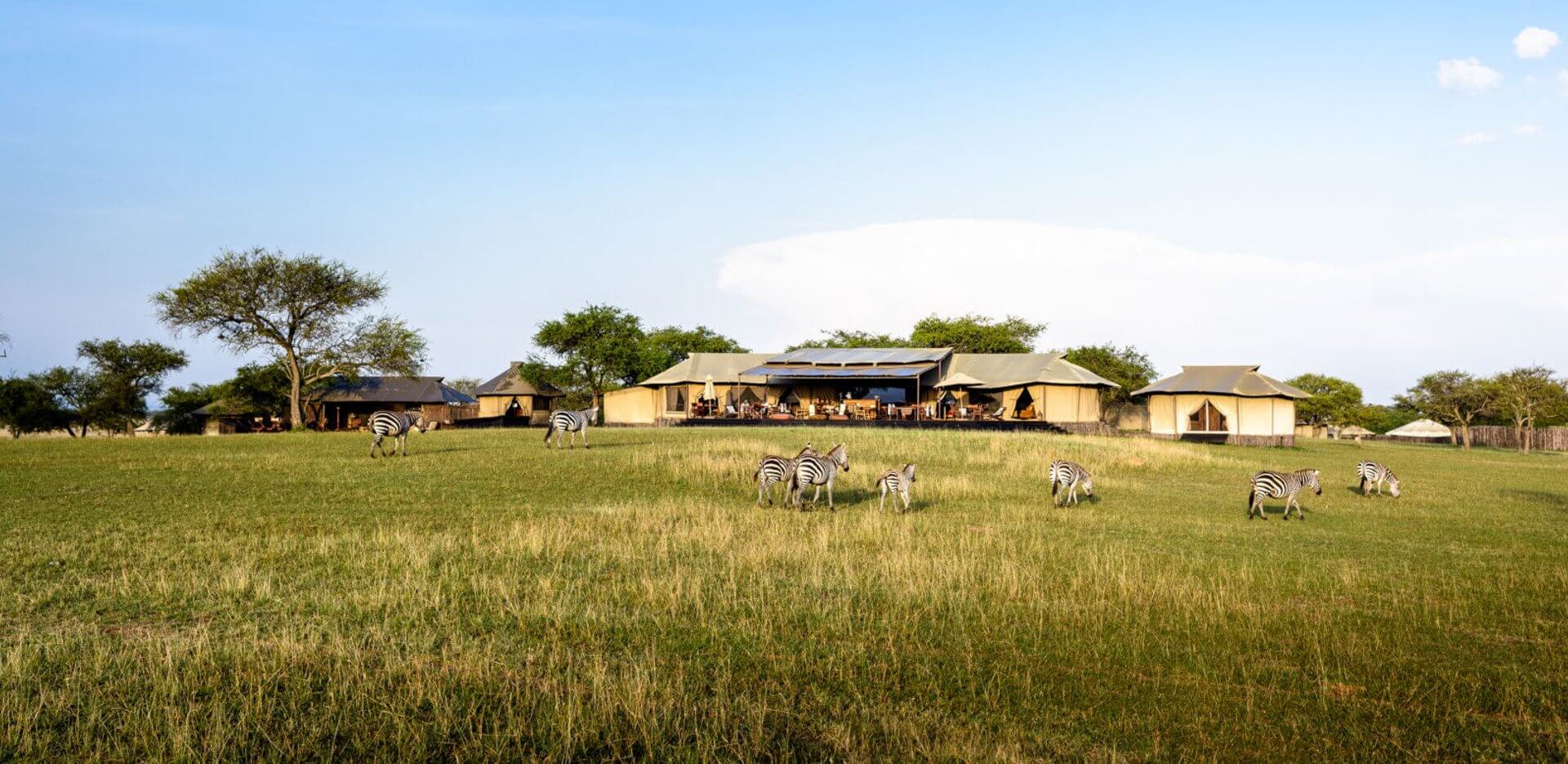
Offering Africa’s most restorative safari experience under canvas, Singita Sabora Tented Camp awakens the senses and its seamless combination of private indoor and outdoor spaces allows for continuous game-viewing ... Read more
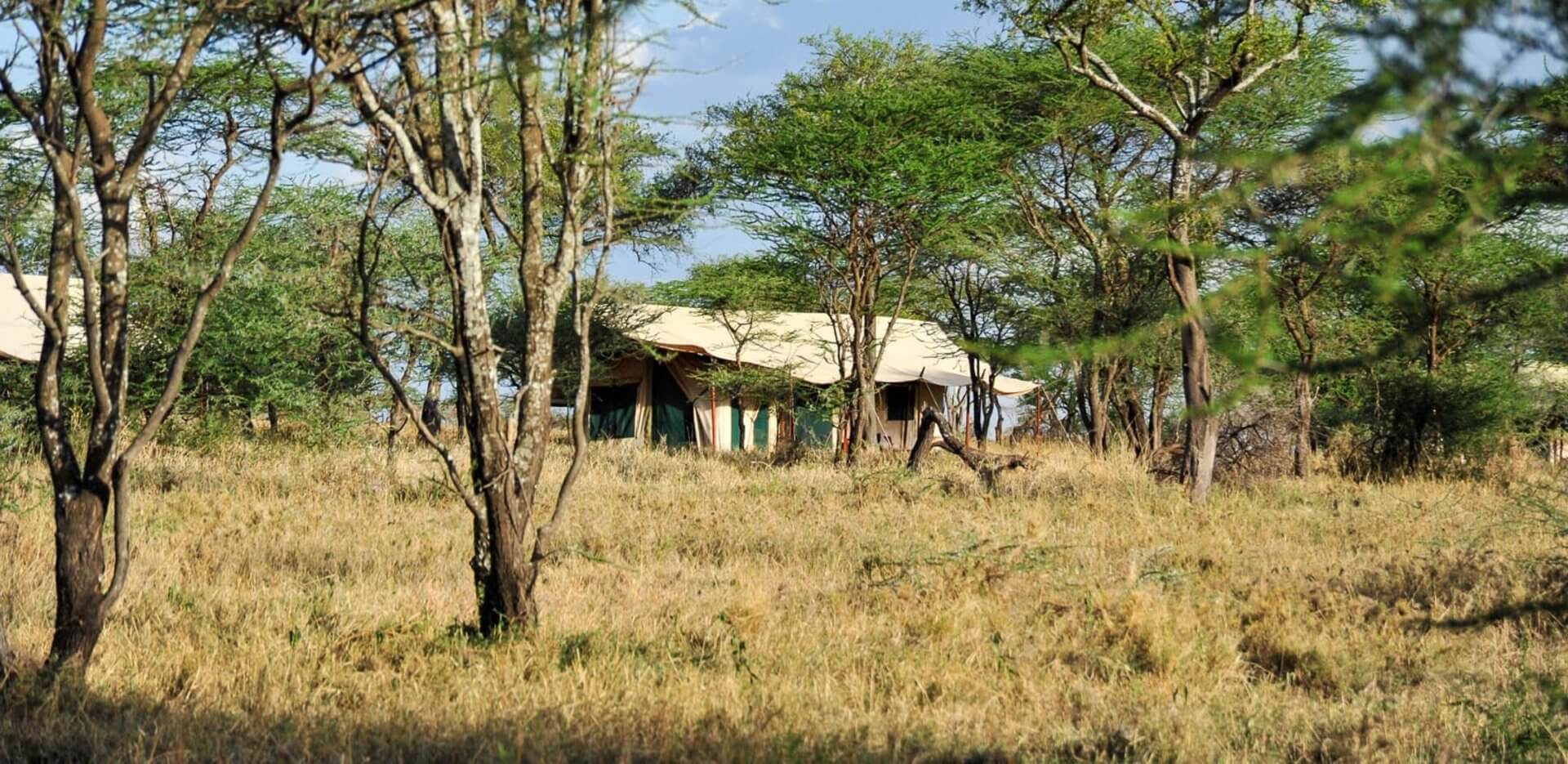
Lemala Ewanjan is an authentic intimate tented camp, set in a secluded part of the game-rich Seronera Valley in Central Serengeti. This area is reknowned for its year-round game viewing due to its abundance of water in the many rivers ... Read more
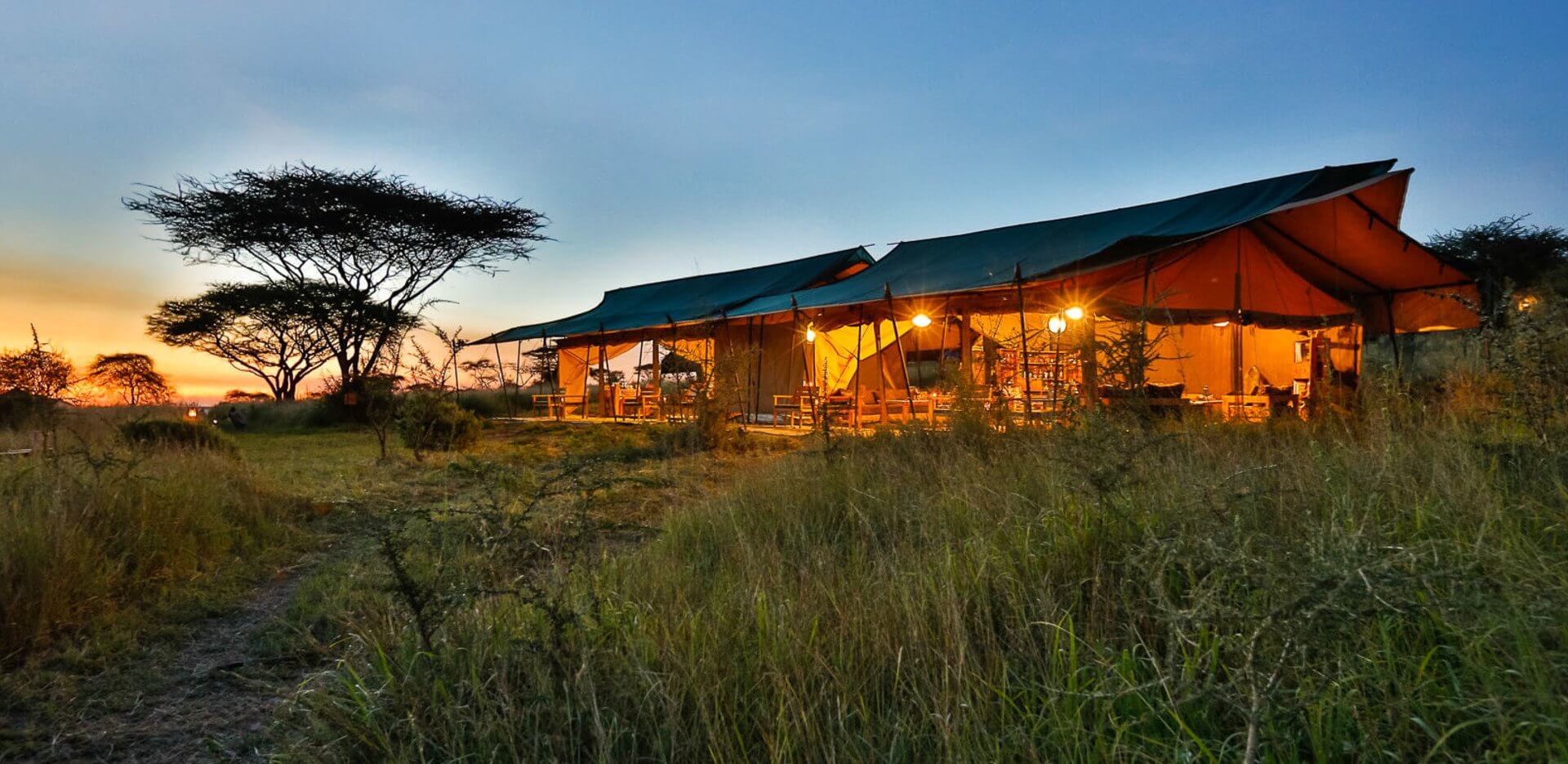
Kiota Camp is permanently located in the Central Serengeti, taking advantage of the year round wildlife viewing the Seronera Valley and nearby areas have to offer ... Read more
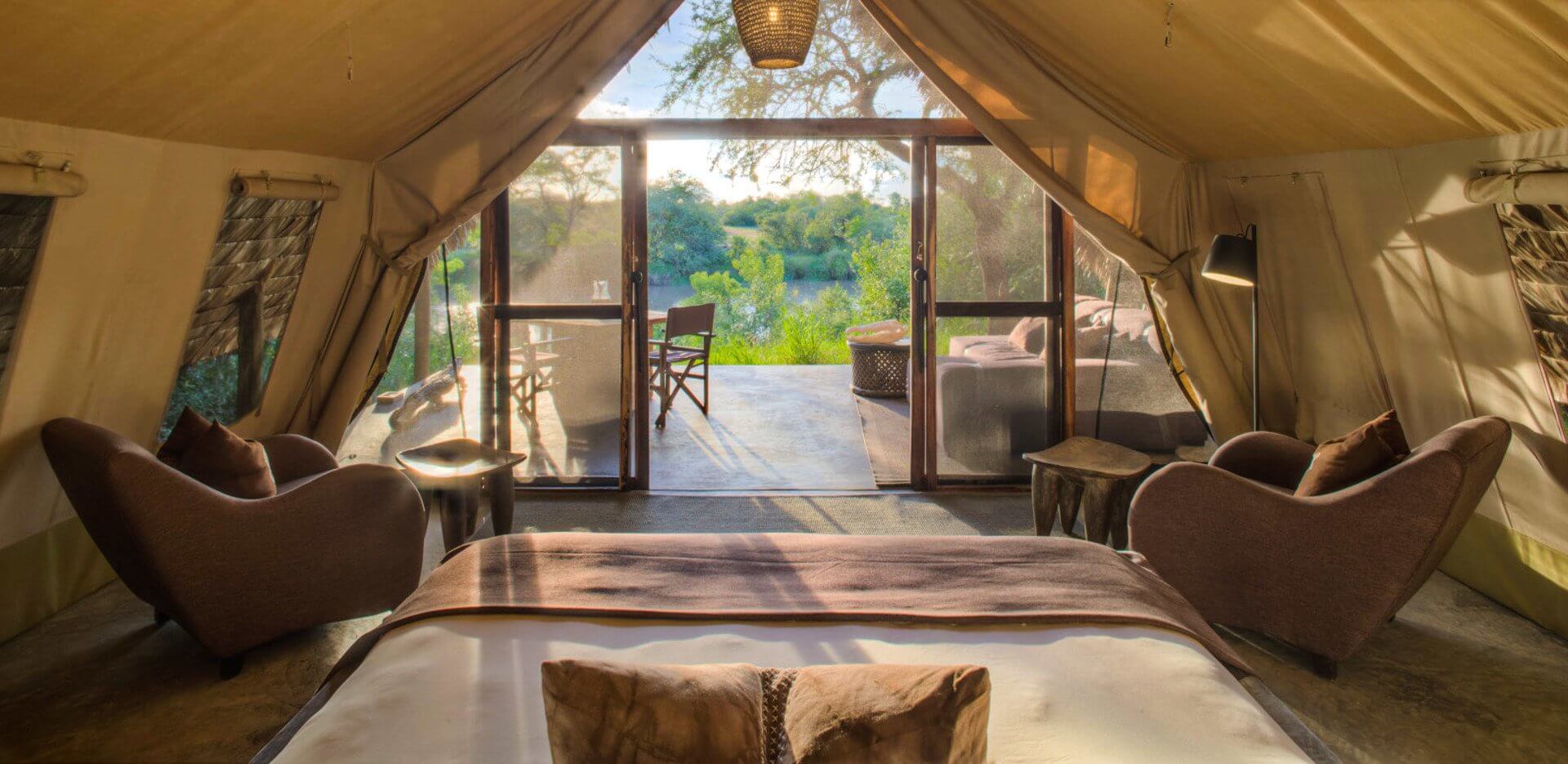
Situated in one of the prime game viewing areas in the Serengeti, the Grumeti River Camp is where guests can enjoy uncrowded year round game viewing, and magnificent lion sightings ... Read more
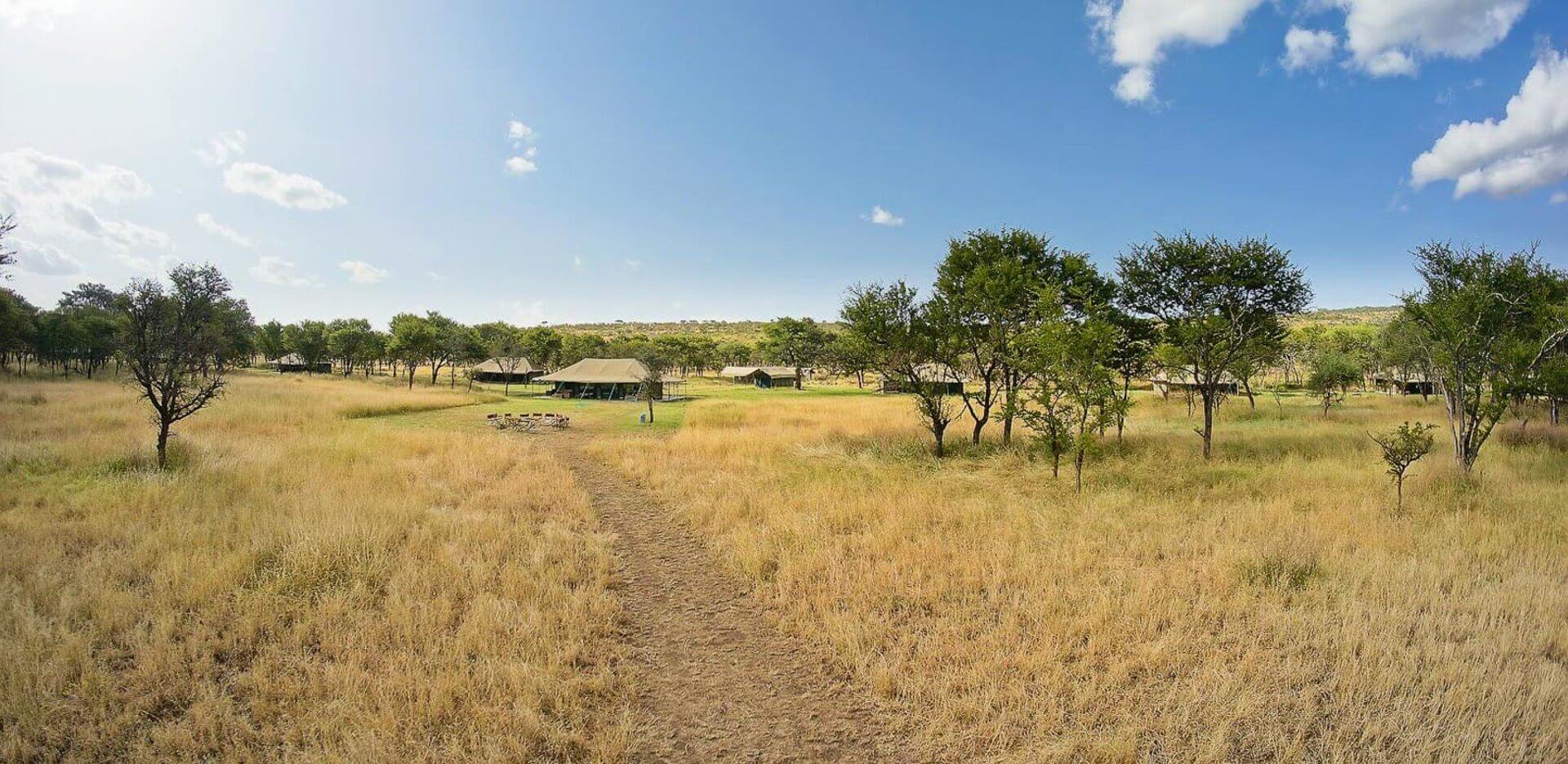
Naona Moru Camp offers ten tented suites in a quiet corner south-west of central Serengeti. It's location is a natural alcove, it is protected with lush vegetation, but with a small open plain for game watching a stone' throw away ... Read more
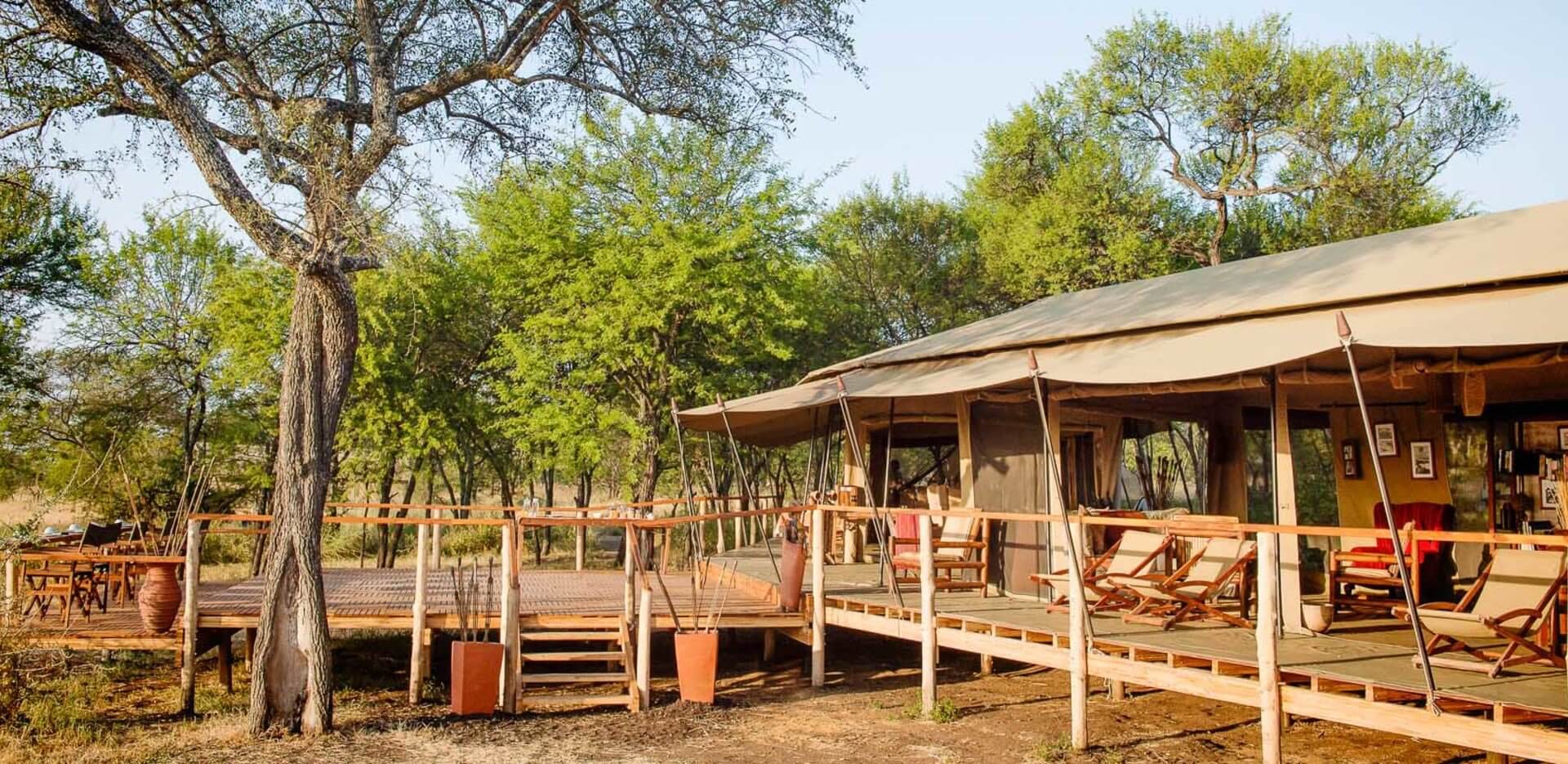
Dunia Camp embraces the philosophy of leaving the lightest possible footprint on the earth. Weathered wood, sturdy canvas and elegant linens make the mess tent comfortable and atmospheric, while brass hurricane lanterns ... Read more
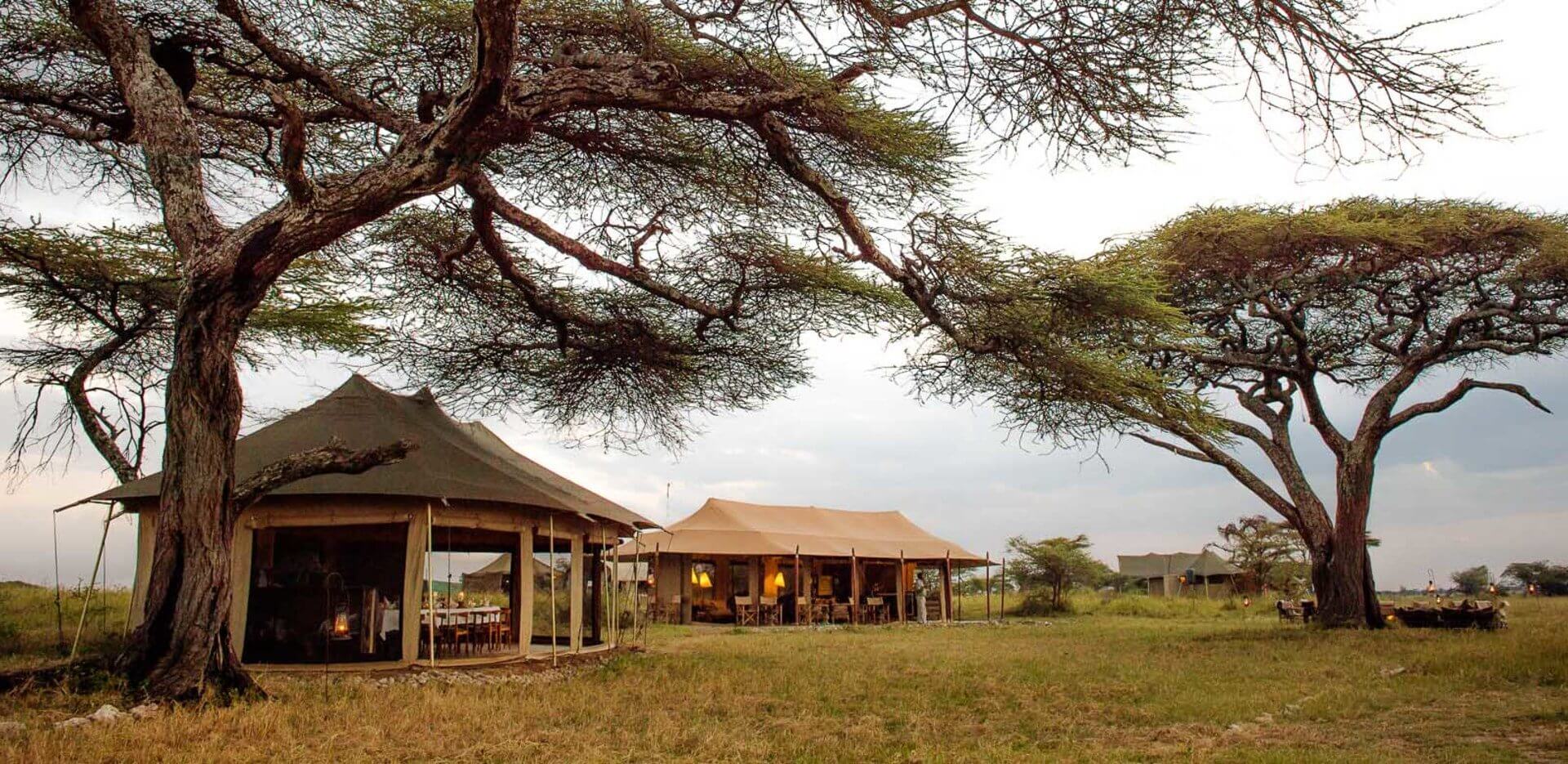
With your closest neighbour to Namiri Plains over an hour’s drive away, you’d be excused for feeling as though you have the eastern Serengeti all to yourself ... Read more
Book Your Tanzania Wildebeest Migration Safari Today!
Our Great Wildebeest Migration safaris in Tanzania are all designed with luxury in mind. The entire trip, from the lodge you stay in, to the food you eat and the quality of the guides that will be with you each step of the way, is unrivalled. Whilst your Tanzania Great Migration tour will be enjoyable, the heat and excitement of the day can leave you feeling tired, so you want to be able to retreat to a luxurious camp or lodge where you can relax and unwind. You will be amazed by the breathtaking views, incredible facilities and accommodating guest service provided. We offer bespoke and authentic safari experiences in Tanzania, so whether you want to combine your Great Migration tour with a getaway to one of Tanzania’s beautiful islands and coast, hop on a hot air balloon or climb Mount Kilimanjaro, you can do it all with Tailormade Africa. Find out more about what’s on offer with our Tanzania safaris. We offer bespoke Tanzania safari holidays to travellers from all over the world. Unlike most safari operators, we specialise in bespoke trips based on a combination of your desires and our team’s expertise. They’ve travelled all of Africa, and know from experience how to craft the best safari experience for you. Contact Rob or Clyde today to start planning your next adventure in Africa!
Plan Your Trip
Our Tanzania Travel Specialists
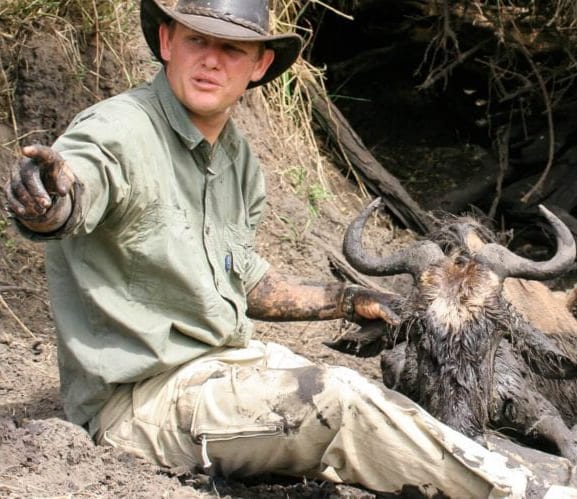
Clyde Beaty
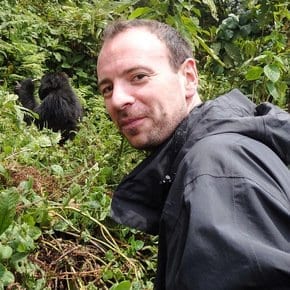
Rob Morley
